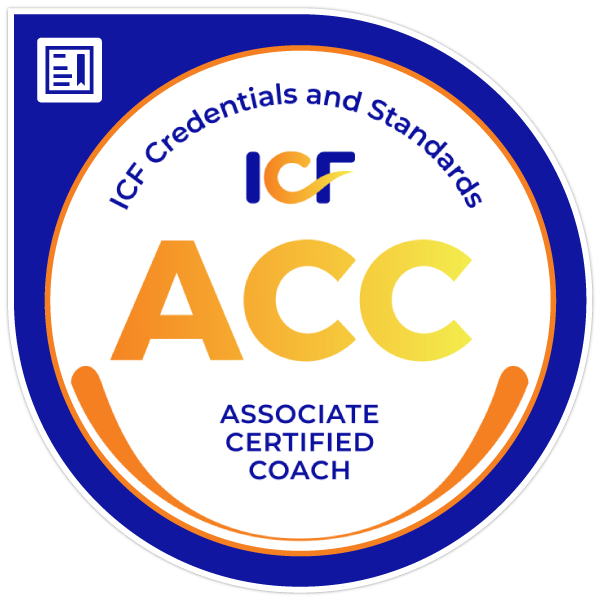In the journey of life, we encounter countless difficult conversations. These interactions are filled with emotions, where the heart beats strongly, and words feel like knots in the throat. From the professional to the personal, these sensitive conversations can be challenging to address but offer opportunities for growth and human connection.

I recall one of those conversations in my professional career that resonated deeply. It was the typical annual feedback meeting, where one of the directors prepared his team’s performance yearly evaluation. The work environment was charged with nervousness and anticipation because the business results hadn’t met expectations, while each employee anxiously awaited their meeting to receive feedback on their work.
In one of those meetings, I observed how a leader avoided addressing critical aspects of their report’s performance. Despite established protocols and available feedback tools, their approach focused on highlighting the positive. They struggled to point out areas for improvement or mistakes, perhaps out of fear of conflict, hurting feelings, or damaging the working relationship.
Constructive feedback was diluted among superficial praises, limiting the learning and development of these individuals, who needed to improve their attitude and performance. Although grateful for the praises, the director’s employees later approached me and expressed their longing for honest and constructive feedback that would allow them to grow and improve in their roles.
In my coaching work, I’ve also witnessed how difficult conversations significantly affect our personal lives. Avoiding emotional conflicts can create toxic patterns that persist for years. I remember a client who avoided confronting a behavioral pattern of her mother because it was a painful issue that had caused friction in their relationship for years.
The fear of reopening old wounds paralyzed her and kept her trapped in a cycle of pain and resentment. Her prolonged silence only widened the gap between them, leading her to question her worth and the strength of their relationship. In the coaching process, I helped her to understand herself better and empowered her to have those difficult conversations with her mother. They managed to heal those wounds that had kept them apart for many years.
That’s why I’ve learned that the art of facing these difficult conversations is an invaluable life skill. It’s not just about resolving conflicts or providing corrective feedback but building more authentic and meaningful relationships and healing our deepest wounds. It’s like navigating turbulent waters: it requires self-awareness, courage, empathy, and an internal compass of values.
One model I’ve found incredibly effective is Fred Kofman’s, based on the concept of “essential conversations.” This approach invites us to explore four fundamental steps:
Step 1: Objective Observation: Remember a difficult conversation you’ve faced at work. How would you describe the facts impartially and objectively? Separating facts from subjective interpretations is critical to starting the dialogue with clarity and fairness.

For example, imagine your team missed an important project deadline. Instead of attributing the delay to incompetence or lack of commitment, you could objectively describe the agreed deadline and delivery time.
Step 2: Feelings: Think of a situation where your emotions ran high. How did you express your feelings honestly and openly? Communicating our emotions with authenticity fosters connection and mutual understanding.
For example, recall an experience when you felt frustrated by the lack of recognition at work. Instead of suppressing your emotions or complaining, you could openly share with your boss how the lack of recognition made you feel, explaining how it affected your motivation and commitment to work.
Step 3: Needs: Reflect on a difficult conversation in your personal life. What were the underlying needs at play? Identifying our needs and those of others is the first step toward a mutually beneficial solution.
For example, consider a discussion you’ve had with a loved one about the division of responsibilities at home. Instead of focusing on the specific details of who does what, you could explore the deeper needs behind the discussion, such as the desire to feel valued and supported in the relationship. When we bring our deepest needs to the surface, magic happens in the conversation because we discover what truly matters to us.
Step 4: Clear Requests: Imagine a difficult conversation you’ve been putting off. What specific request could you make to move toward a constructive resolution? Explicit requests should be realistic and oriented towards concrete actions each party can take to meet their identified needs.
For example, if you’re struggling with communication within your team, you could clearly request to establish a regular follow-up meeting to open a space for problem-solving discussions. This clarity in your request would provide a space to address concerns and foster dialogue, collaboration, and problem-solving as a team.
This Kofman model invites us to embrace vulnerability and authenticity in our difficult conversations, transforming them into personal and professional growth opportunities. So, the next time you encounter an uncomfortable conversation, remember that you’re navigating towards deeper waters, where genuine connection and understanding await.
Ultimately, difficult conversations are like beacons in the darkness, guiding us towards a greater understanding of ourselves, knowing what truly matters to us, and showing appreciation for others. So don’t be afraid to venture into these emotional waters; you’ll find that they are a resource for healing our wounds and moving towards a fuller and more meaningful life by building trusting relationships.
I invite you to embrace your difficult conversations with courage and compassion. May the magic of authentic communication light your path!



